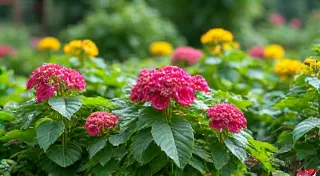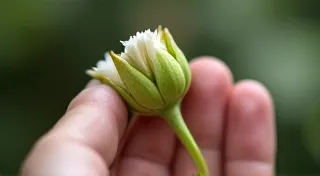Boundaries Dissolving: Shibori and the Art of Controlled Rupture
There's a particular resonance I find in antique accordions – a fragile beauty born of complex mechanics, of bellows and reeds, each contributing to a sound that's both melancholic and joyous. Holding one feels like holding history, a connection to hands long gone, to songs hummed in dimly lit rooms. It’s a reminder that even in objects built for precision, there’s a certain yielding, a vulnerability, a testament to the inevitable passage of time. And that same sense of yielding, of controlled release, is at the heart of Shibori, a Japanese textile dyeing technique that has captivated me for years.
Shibori isn’t just about creating patterns; it’s about a mindful surrender. It’s about accepting that you can guide the process, constrain it even, but you cannot fully dictate the outcome. Unlike block printing or screen-printing, which strive for replicable precision, Shibori embraces the unpredictable dance of dye and fabric. It’s a conversation between the artisan's intention and the inherent qualities of the materials.
A History Steeped in Resourcefulness and Aesthetics
The origins of Shibori are shrouded in a delightful obscurity. It’s believed to have emerged sometime between the 10th and 16th centuries during Japan’s Muromachi period. Early examples often involved simply tying knots in cloth, a clever way to create decorative patterns using readily available materials when elaborate dyes or specialized equipment were scarce. Its practicality isn't to be overlooked – in a society where resources were often limited, Shibori offered an accessible way to embellish and individualize clothing. Consider the raw materials needed for traditional dyes – the bark of trees, the roots of plants, the berries of shrubs. Understanding the natural world and its bounty was as crucial to Shibori's development as any binding technique; it’s a lesson deeply connected to the broader language of bark itself and the power of tannins to transform textiles.
As the technique evolved, so did the complexity of the bindings. The elite classes adopted more intricate methods, such as
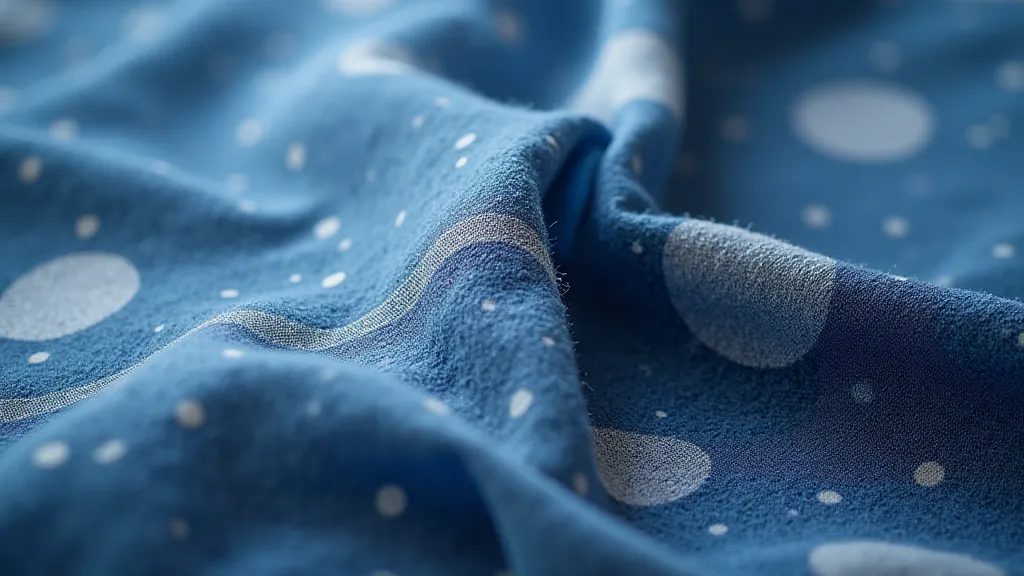
The Dance of Control and Release
The beauty of Shibori lies in its inherent paradox. You begin with a clear intention – to create a specific design. You meticulously fold, clamp, stitch, or bind the fabric, carefully planning where the dye will penetrate and where it will be resisted. Yet, you simultaneously relinquish precise control. The pressure of the clamps, the density of the folds, the type of dye used, even the humidity in the air, all play a role in the final result. There’s an element of surprise, a delightful unpredictability that keeps the process endlessly fascinating.
Consider
I remember speaking with a master Shibori artisan, an elderly woman who had dedicated her life to the craft. She explained that the most important lesson she had learned was not how to create “perfect” patterns, but how to appreciate the imperfections, to see the beauty in the unexpected variations. She would often say, “The fabric speaks to you; you must listen.” It's a sentiment that resonates deeply with me, not just in the context of Shibori, but in all creative endeavors.
More Than Just a Pattern: An Embodiment of Philosophy
Shibori is more than just a dyeing technique; it’s a philosophy embodied in cloth. It reflects the Japanese aesthetic of
This philosophy isn’t limited to aesthetics. It’s about a mindset – an acceptance of what is, a willingness to adapt and improvise. It's about finding peace in the limitations, and harnessing those limitations to create something truly unique. Just as an accordion player must learn to work with the instrument's quirks and limitations to produce its characteristic sound, a Shibori artisan must embrace the unexpected, and find beauty in the imperfections. The decay and transformation inherent in many natural dyes further underscore this embrace of impermanence – a poignant reminder of the cycle of life and death, as eloquently expressed in “Walnut's Lament.”
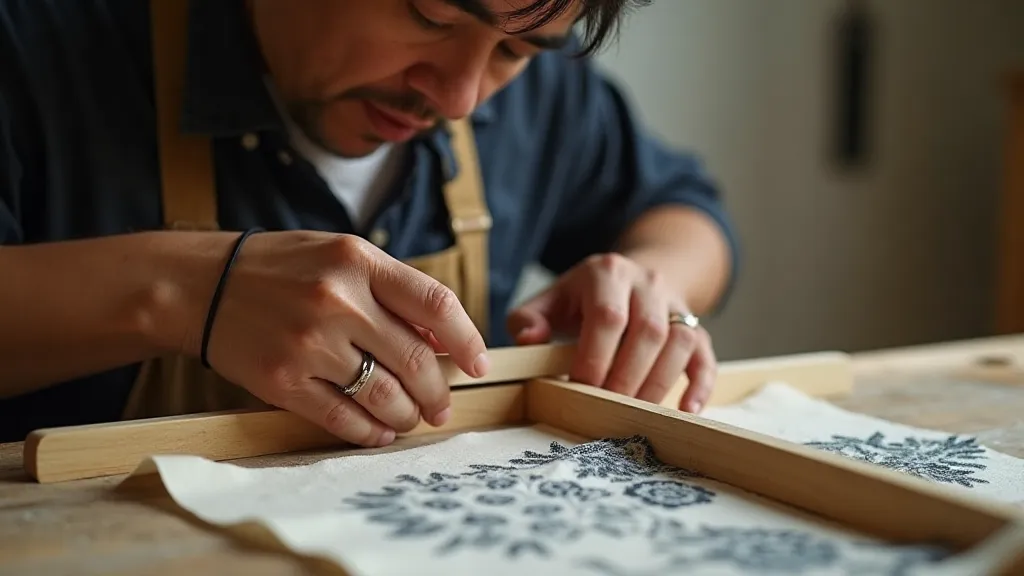
Preserving a Legacy – Restoration and Appreciation
Like antique accordions, antique Shibori textiles are precious links to the past. They offer a tangible connection to a time when craftsmanship was valued above mass production, and when artistry was interwoven with practicality. Preserving these textiles requires a delicate approach. Careful storage, avoiding direct sunlight and excessive humidity, is essential. Cleaning should be undertaken with extreme caution, using gentle methods and pH-neutral detergents.
Collecting antique Shibori textiles can be a rewarding experience. Look for pieces that exhibit signs of age, such as subtle fading or irregularities in the dye. Pay attention to the quality of the fabric and the intricacy of the binding techniques. Don’t be afraid to ask questions about the textile’s provenance and history. The more you learn about a piece, the more you’re able to appreciate its significance.
Restoration, however, is a complex undertaking best left to experienced professionals. Improper attempts at cleaning or repair can easily damage the textile and diminish its value. Supporting contemporary Shibori artisans is also vital, ensuring that this traditional art form continues to thrive for generations to come. It’s a way to honor the legacy of those who came before, and to contribute to the preservation of a truly remarkable cultural heritage. Often, the stories woven into these textiles are as compelling as the patterns themselves – echoes of communities connected by rivers and traditions, a history reflected in the very color of the dye, a narrative explored in "The Indigo River."
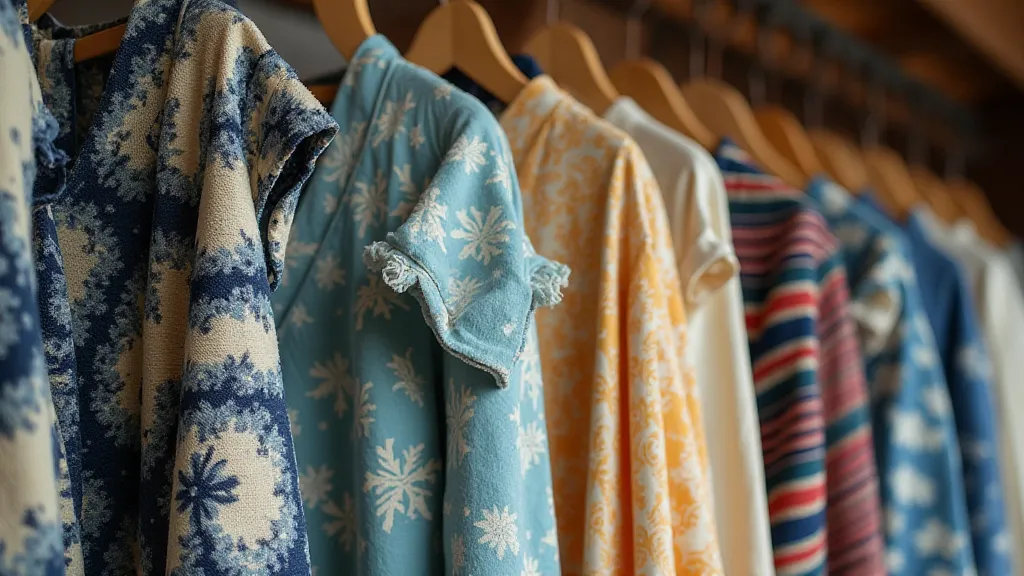
Ultimately, Shibori teaches us a valuable lesson: true beauty lies not in rigid control, but in the graceful surrender to the unpredictable dance of life. It’s a reminder that imperfections are not flaws, but rather unique signatures that tell a story of artistry, resilience, and the enduring power of the human spirit. Just like the mournful beauty of an antique accordion, the textures and patterns of Shibori hold a quiet wisdom, a testament to the timeless allure of imperfection.


